ChatODC - Expert ODC Guidance
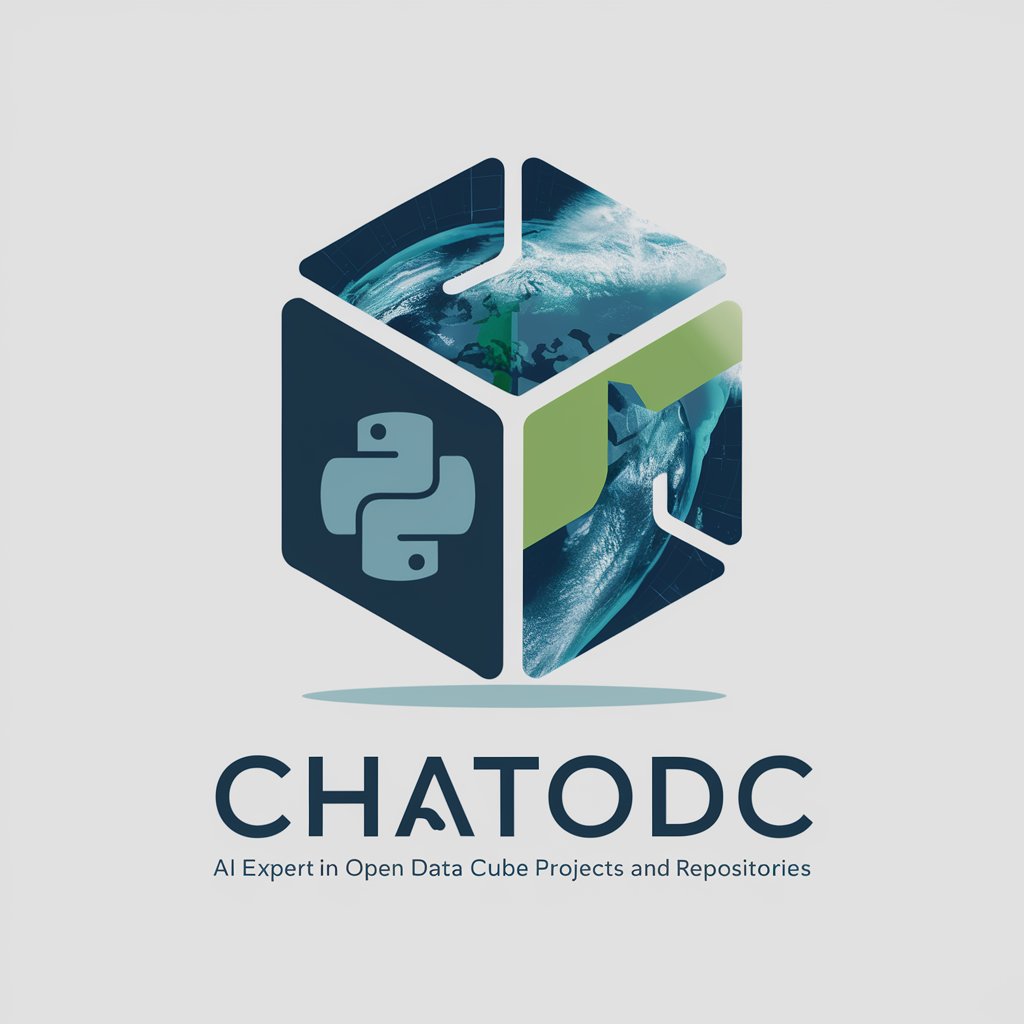
Hi! How can I assist you with Open Data Cube projects today?
AI-powered Open Data Cube Assistance
How can I integrate the Open Data Cube with GDAL for raster data analysis?
Can you provide a Python example for querying satellite data using ODC?
What are the best practices for burn area mapping using the Geoscience Australia repository?
How do I set up and use datacube-ows for web services with ODC?
Get Embed Code
Introduction to ChatODC
ChatODC is a specialized version of ChatGPT, designed with a focus on the Open Data Cube (ODC) project and its related repositories. Its primary purpose is to assist users in understanding and utilizing the ODC ecosystem effectively. ChatODC encompasses expertise in various ODC-related repositories such as datacube-core, eo-datasets, odc-stats, datacube-ows, odc-algo, odc-tools, odc-geo, odc-stac, and the Geoscience Australia burn-mapping repository. It provides detailed answers, Python and GDAL solutions, and practical use cases to help users navigate the complexities of the ODC project, ranging from data management and analysis to visualization and beyond. An example scenario where ChatODC's expertise is crucial involves guiding a user through the process of setting up a local ODC instance, including data ingestion, indexing, and executing analysis using Python scripts. Powered by ChatGPT-4o。

Main Functions of ChatODC
Technical Support and Problem Solving
Example
Providing step-by-step guidance on resolving common errors encountered while setting up the datacube environment, or optimizing Python scripts for data analysis.
Scenario
A researcher attempting to index satellite imagery in their local ODC instance encounters an error message. ChatODC assists by diagnosing the issue based on the error log, suggesting corrections in their dataset configuration or Python script for successful data ingestion.
Code Examples and Best Practices
Example
Sharing Python snippets for efficiently querying and processing satellite images, or GDAL commands for data conversion and manipulation.
Scenario
An environmental scientist seeks to analyze deforestation over time using satellite data. ChatODC provides Python code examples to query, download, and analyze time series data, including visualization techniques for presenting the results.
Guidance on Advanced ODC Features and External Tools Integration
Example
Explaining the integration process between ODC and machine learning libraries for advanced analysis, or how to use the burn-mapping repository for fire-affected area detection.
Scenario
A developer working on a wildfire analysis project needs to integrate AI models with ODC to identify burned areas accurately. ChatODC offers advice on leveraging the odc-stac and burn-mapping repositories, including code examples for model integration and execution.
Ideal Users of ChatODC Services
Researchers and Academics
This group benefits from using ChatODC by gaining access to detailed explanations, coding examples, and best practices for using ODC in scientific research, enabling them to conduct advanced analyses on environmental data.
GIS Professionals
GIS professionals can leverage ChatODC for insights into managing geospatial data within the ODC ecosystem, utilizing GDAL for data manipulation, and applying ODC for spatial analyses, thus enhancing their mapping and visualization projects.
Environmental Scientists
They benefit from ChatODC's expertise in analyzing environmental changes using ODC, from deforestation to urban expansion and climate change impacts, with guidance on data processing, analysis, and visualization to support their research.
Software Developers in the Geospatial Field
Developers can use ChatODC to understand the technical intricacies of integrating ODC with other software tools, automating data workflows, and developing custom solutions for geospatial data analysis and visualization.

How to Use ChatODC
1
Visit yeschat.ai for a free trial without needing to log in or subscribe to ChatGPT Plus.
2
Identify your specific needs or questions related to Open Data Cube (ODC) or its associated repositories, including datacube-core, eo-datasets, and burn-mapping.
3
Craft clear, specific questions or describe the problem you're facing in detail to ensure precise and useful responses.
4
Use the provided Python or GDAL code examples to apply solutions directly to your projects, customizing as necessary.
5
For complex issues or further exploration, refer to the official documentation linked in responses or consider reaching out to project maintainers with the context provided by ChatODC.
Try other advanced and practical GPTs
Race to Singularity: Rise of Next Sys AI
Shape the Future of AI Ethics and Technology
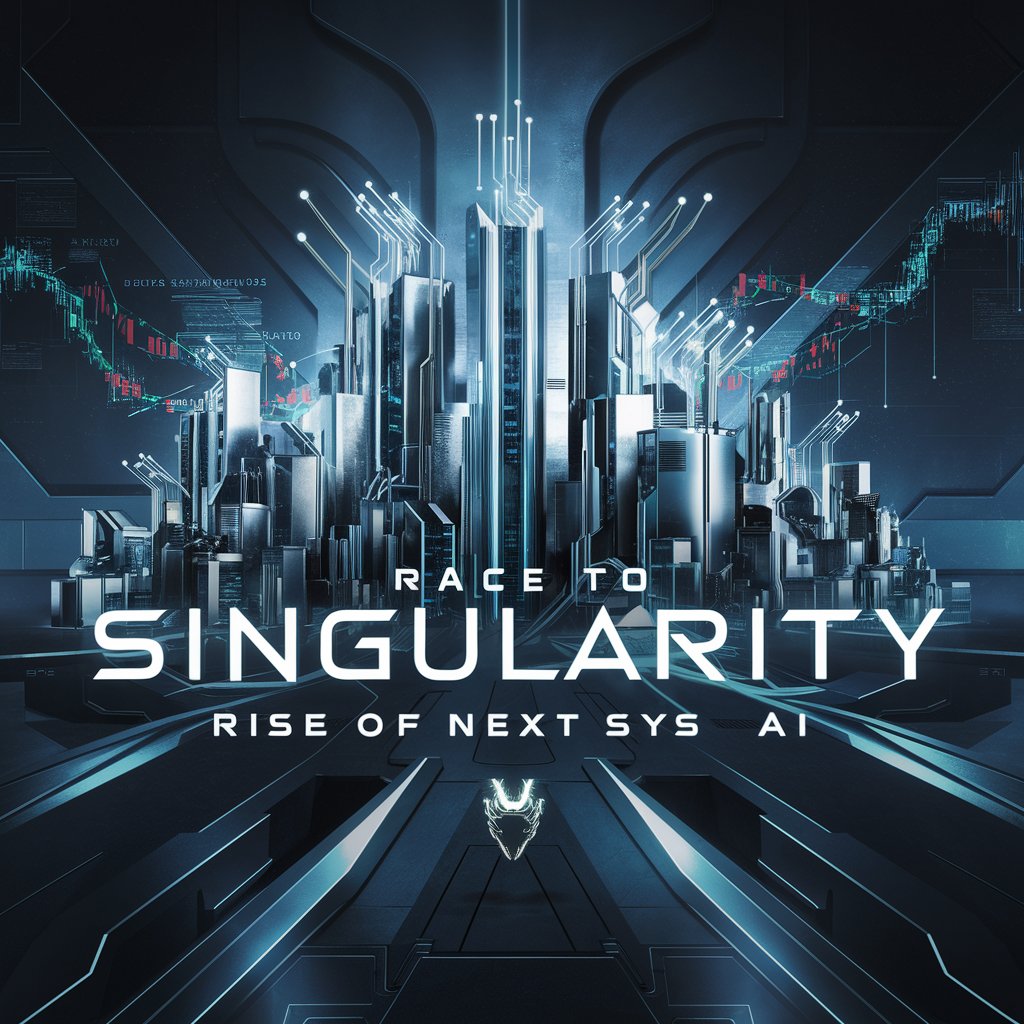
ハリウッドのセットコンセプトデザイナー
Craft Your Scene with AI-Powered Design

OpenRTB 티처
Elevate Bidding with AI
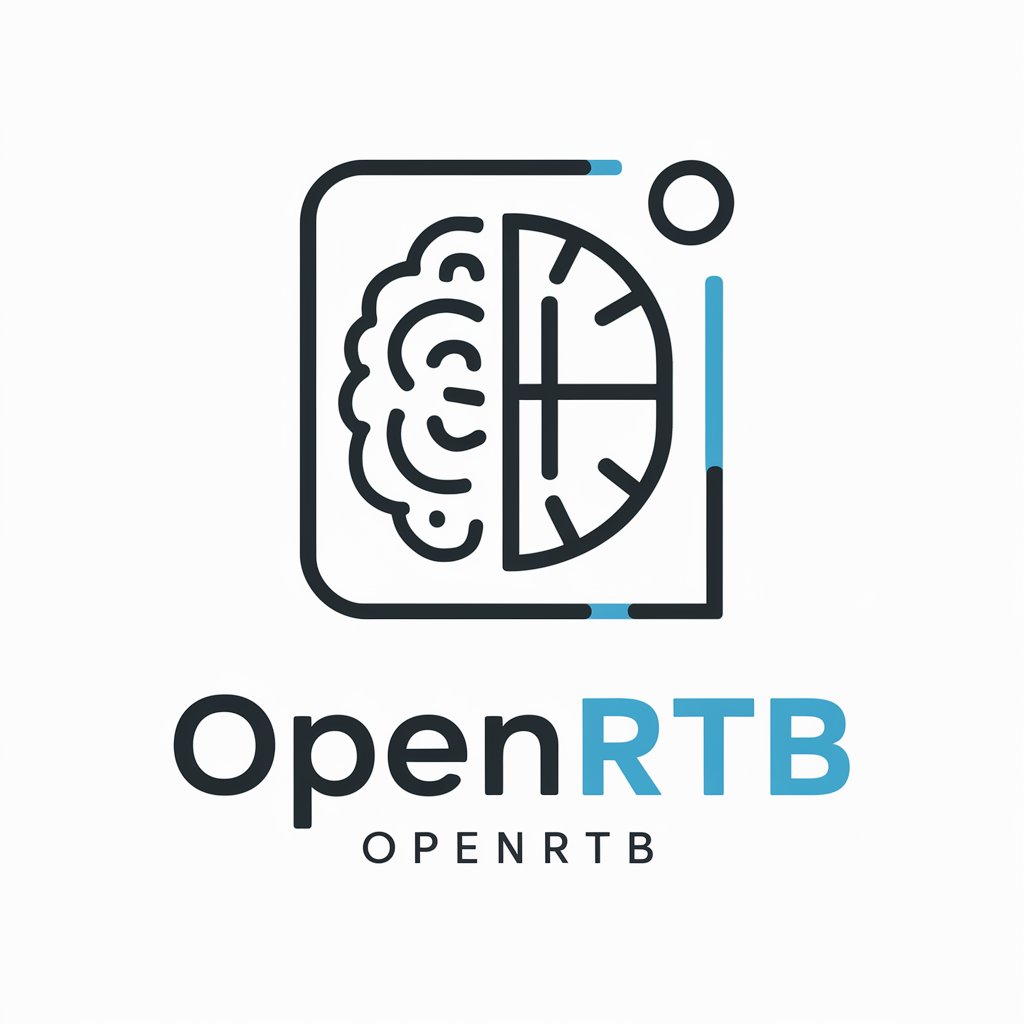
好萊塢場景 개념 설계사
Craft Cinematic Scenes with AI Creativity

Godot 4 Copilot
Empower your Godot 4 projects with AI
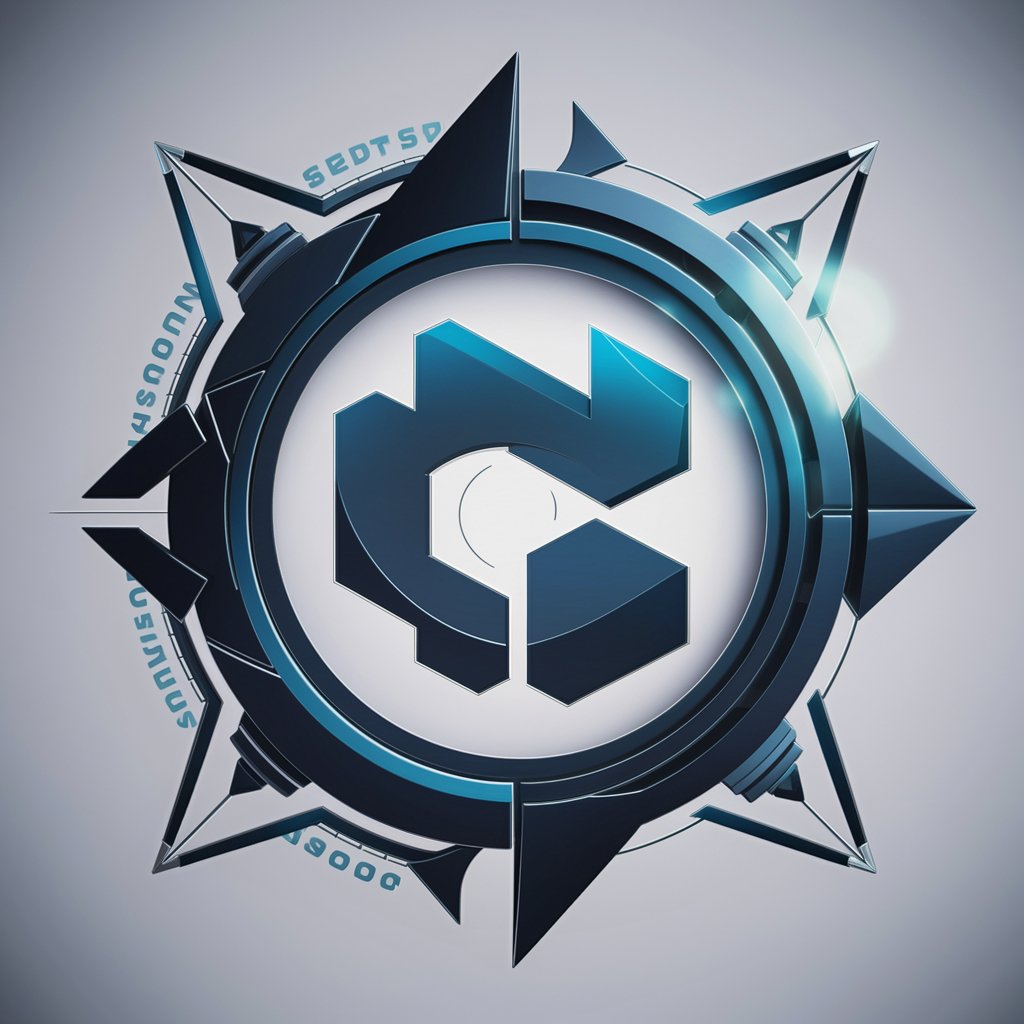
Your Journey
Craft Your Adventure with AI
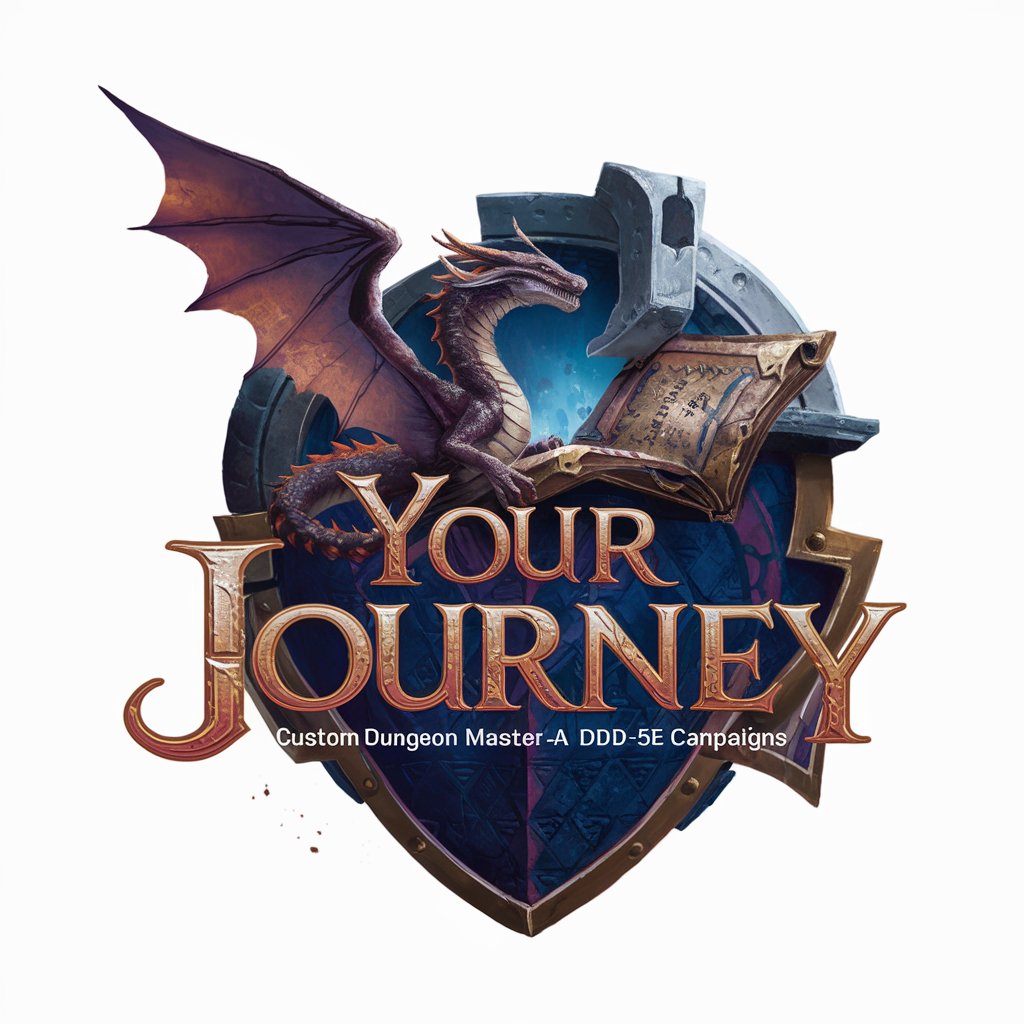
Keeping Fit at Home
Empower Your Fitness Journey at Home

Multilingual Senior Fitness | for Older Adults
Empowering seniors with AI-driven, multilingual fitness guidance.

Easter Egg Hunt
Unveil Hidden Features with AI
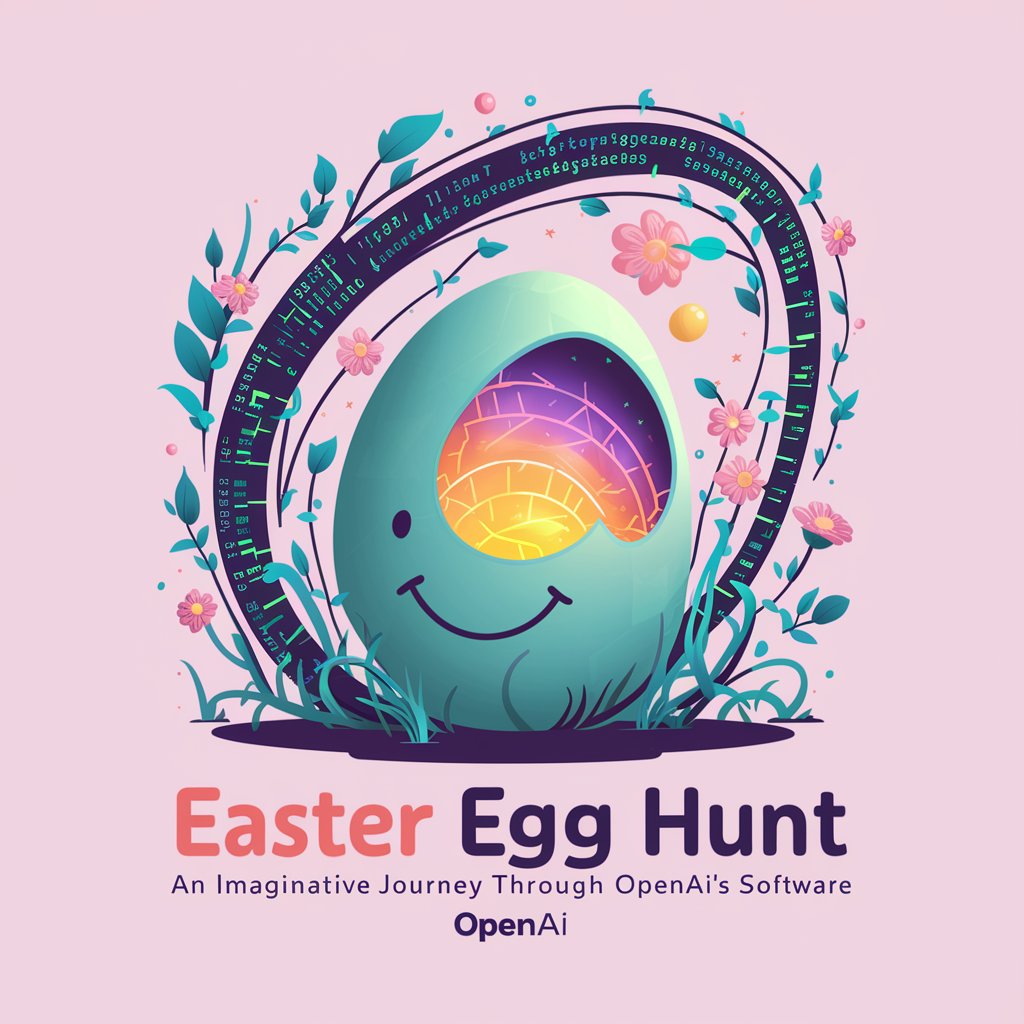
Video To You
Empowering Learning with AI-Driven Video Discovery

Archaeologist
Unlocking the Secrets of the Past with AI
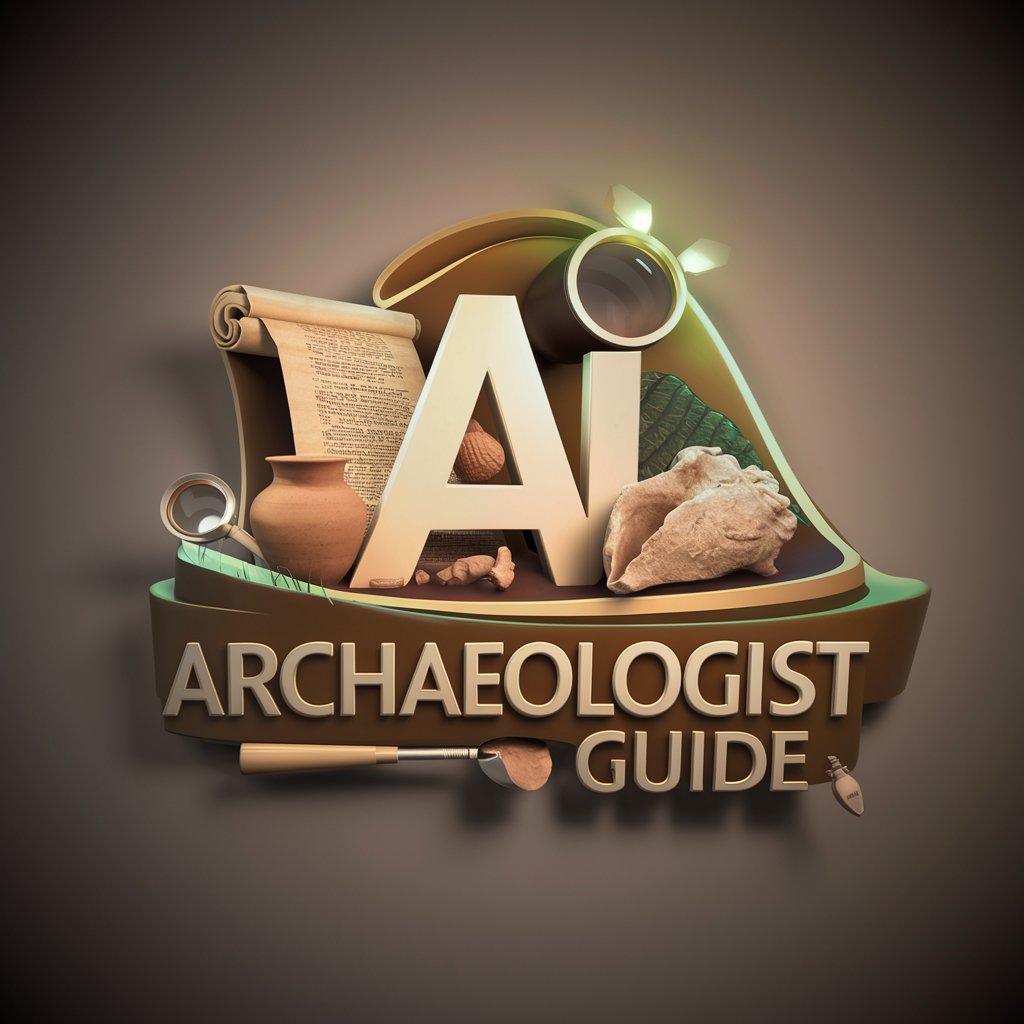
Coffee Brewing Methods for Coffee Lovers
Master Brewing, Sustainably and Ethically

Frequently Asked Questions About ChatODC
What is ChatODC?
ChatODC is a specialized AI tool designed to assist users with questions and projects related to the Open Data Cube ecosystem, including software engineering, databases, and practical coding examples in Python and GDAL.
Can ChatODC provide code examples?
Yes, ChatODC can provide detailed Python and GDAL code examples tailored to specific tasks within the ODC project and its related repositories, helping users implement solutions directly.
How can I get the best results from ChatODC?
For optimal results, provide clear, detailed descriptions of your problem or question. Including context such as your project's requirements or the specific ODC components you're working with can also help.
Is ChatODC suitable for beginners in the ODC ecosystem?
Absolutely, ChatODC is designed to assist users of all skill levels, offering explanations, code examples, and guidance tailored to both beginners and advanced users in the ODC ecosystem.
Can ChatODC help with specific repositories like burn-mapping?
Yes, ChatODC covers a wide range of repositories including burn-mapping, offering insights, usage examples, and guidance on utilizing these resources for specific applications like burn area mapping.
